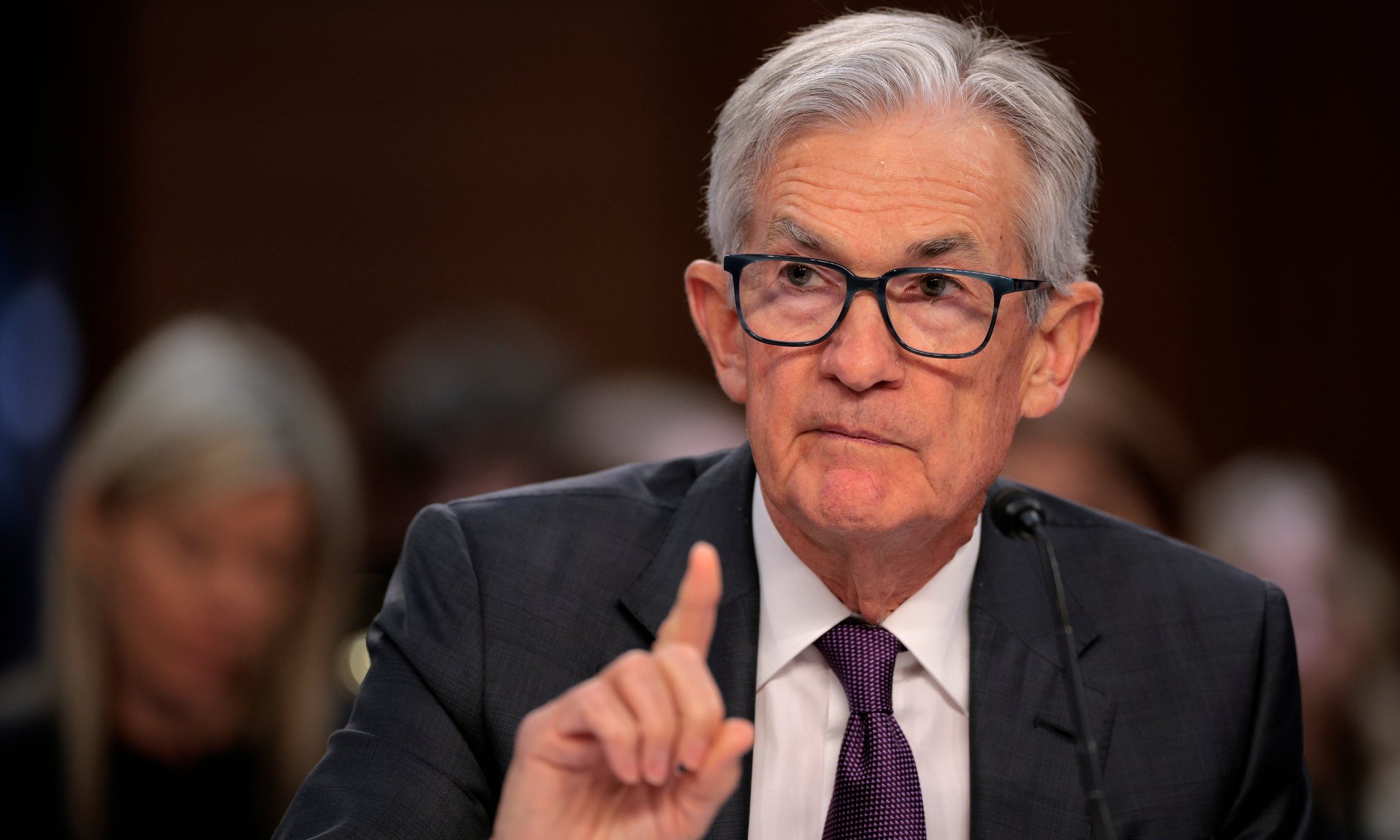Powell visits Trump at the White House — and says the Fed will do its own thing on interest rates
The Federal Reserve chair told Trump that the central bank's approach to monetary policy is dictated by employment rates and inflation "as required by law"

Federal Reserve Chair Jerome Powell met with U.S. President Donald Trump today at the White House to discuss the state of the economy.
Suggested Reading
Powell used the meeting to remind the president of the Fed’s independence when it comes to setting interest rates, according to a statement by the central bank. He and his colleagues will “set monetary policy, as required by law, to support maximum employment and stable prices” and will make those decisions based “solely on careful, objective, and non-political analysis.” Powell did not offer Trump a roadmap for future interest rates, and instead emphasized policy will depend “entirely” on incoming economic data.
Related Content
Trump and Powell have long engaged in a turf war over interest rates. The president has called Powell a “major loser” and a “total stiff”, and floated the idea of trying to fire the central bank chief — before walking that idea back. When questioned about the comments at the Fed’s most recent Federal Open Market Committee (FOMC) meeting earlier this month, Powell replied: “It really doesn’t affect either our job or the way we do it.”
During that meeting, the Fed said it would keep interest rates steady at 4.25-4.5%, as the central bank continues to work to balance persistent inflation concerns with signs of a slowing U.S. economy.
While inflation has cooled from its 2022 highs, recent data hasn’t provided sufficient assurance to begin reducing rates once again. The most recent Consumer Price Index (CPI) data shows a 2.3% rise over the past 12 months, according to the Bureau of Labor Statistics, above the Fed’s 2% target.
The Fed’s decision came against a backdrop of slowing economic growth and still-sticky inflation, raising the possibility of a stagflationary scenario. The U.S. economy contracted by 0.3% in the first quarter of 2025, while the labor market showed resilience with 177,000 jobs added in April — a figure that only modestly exceeded expectations.
